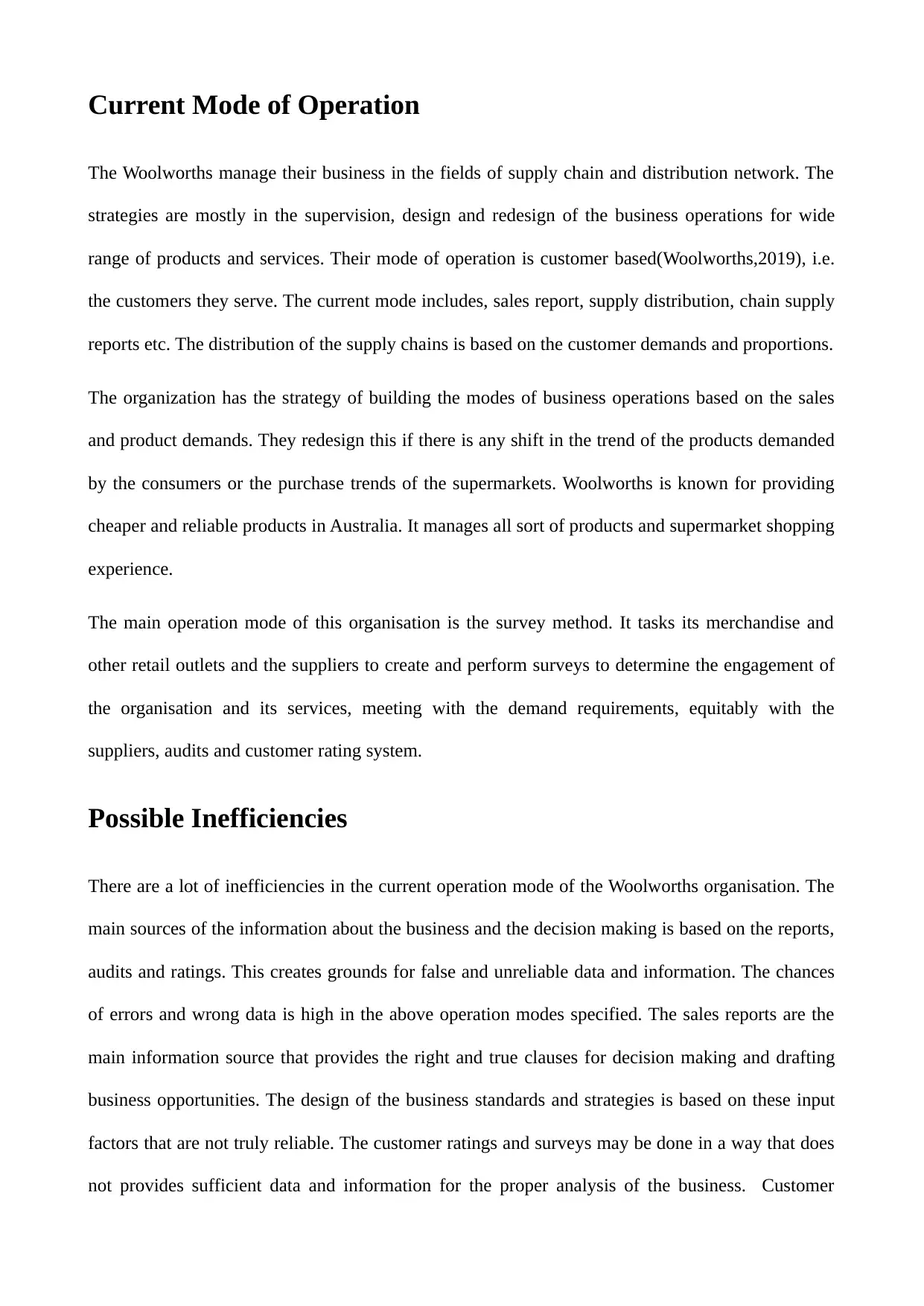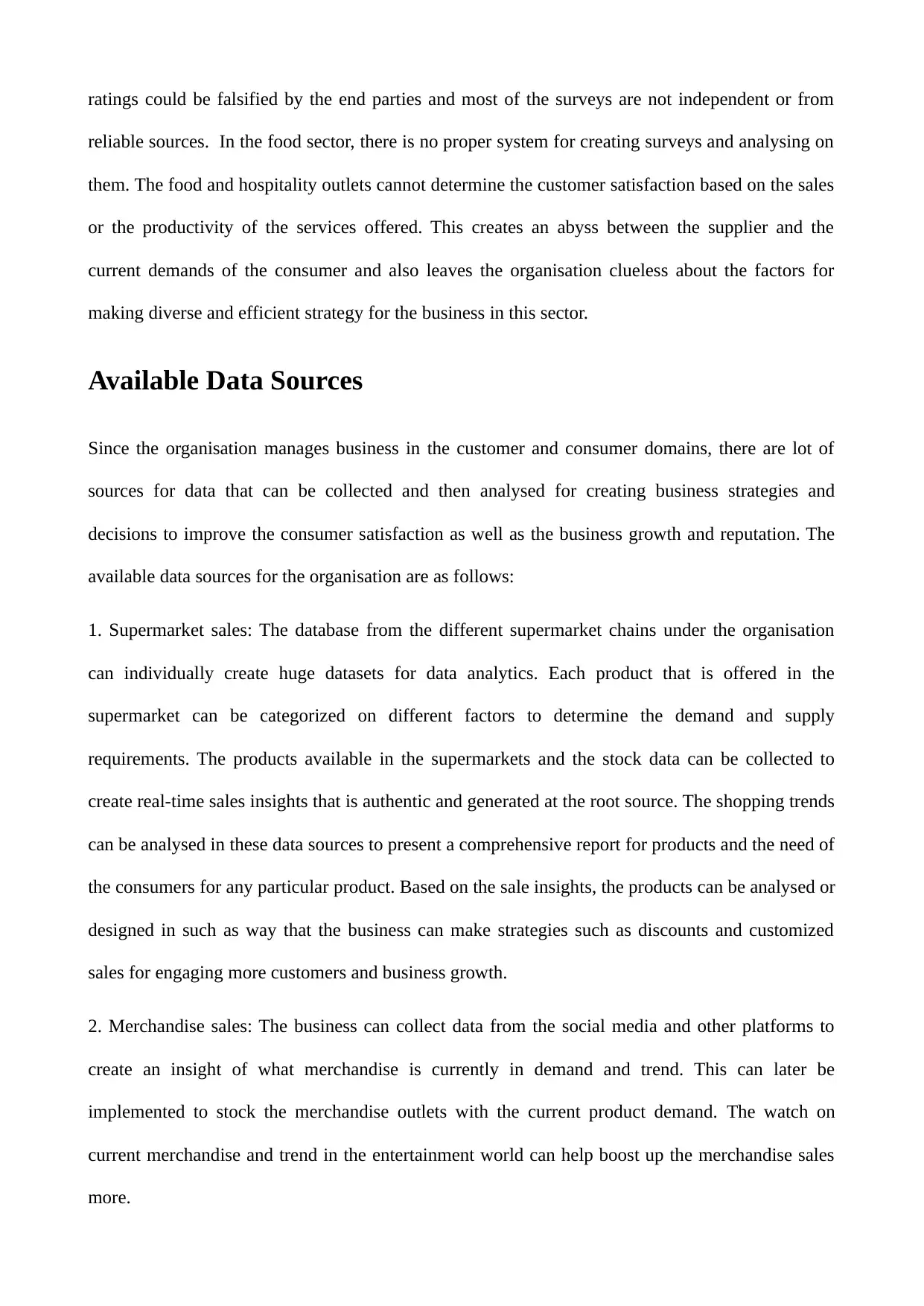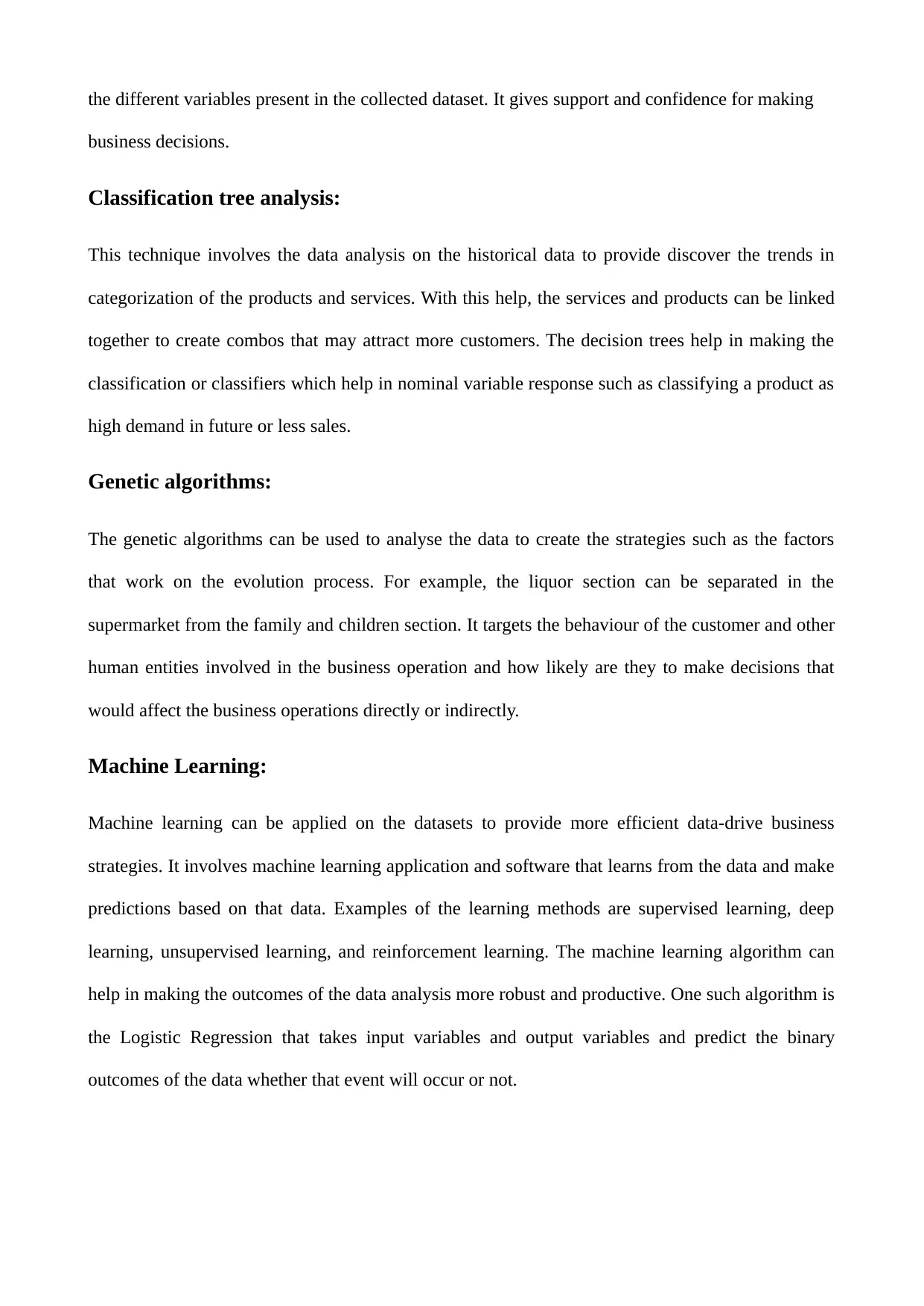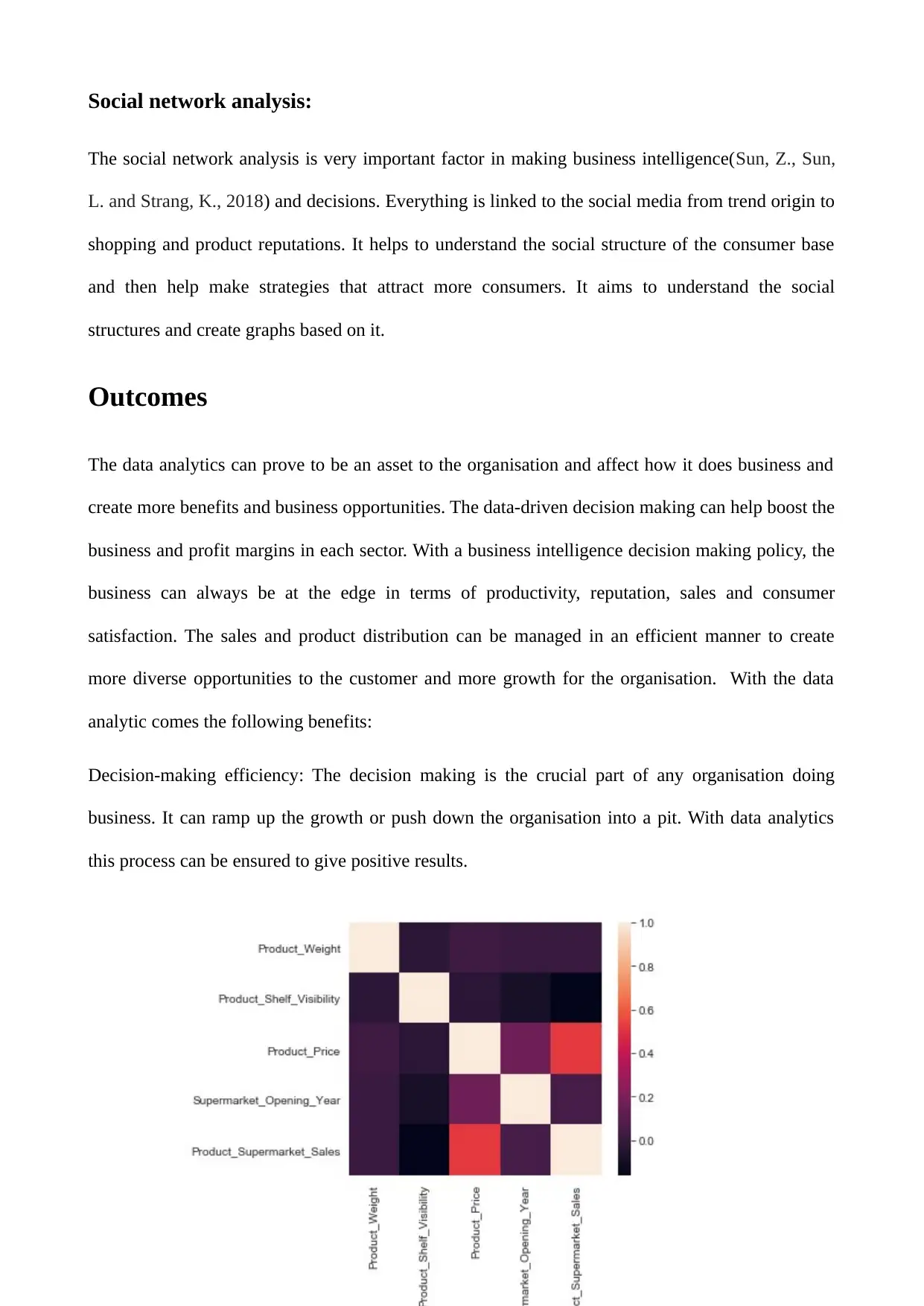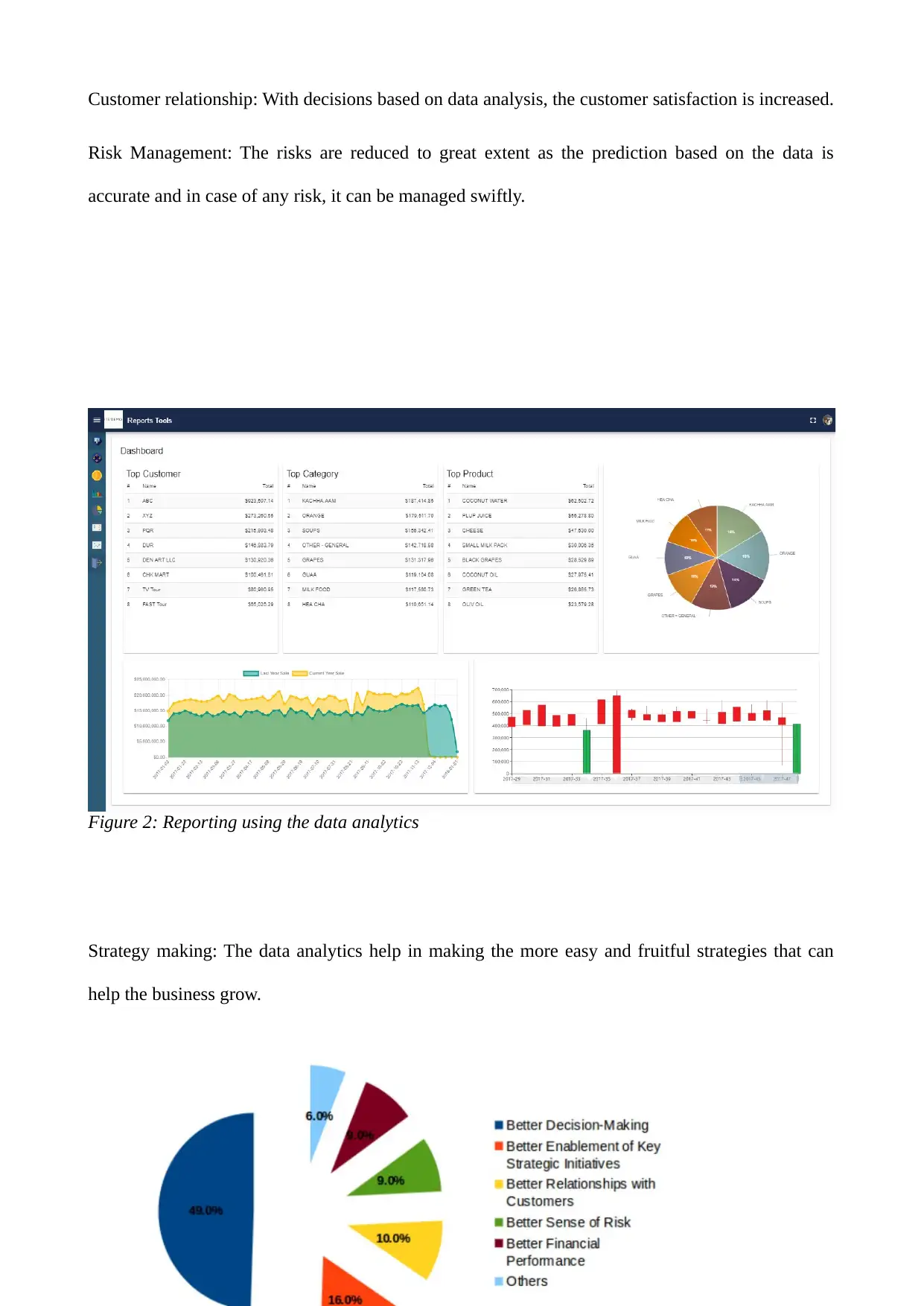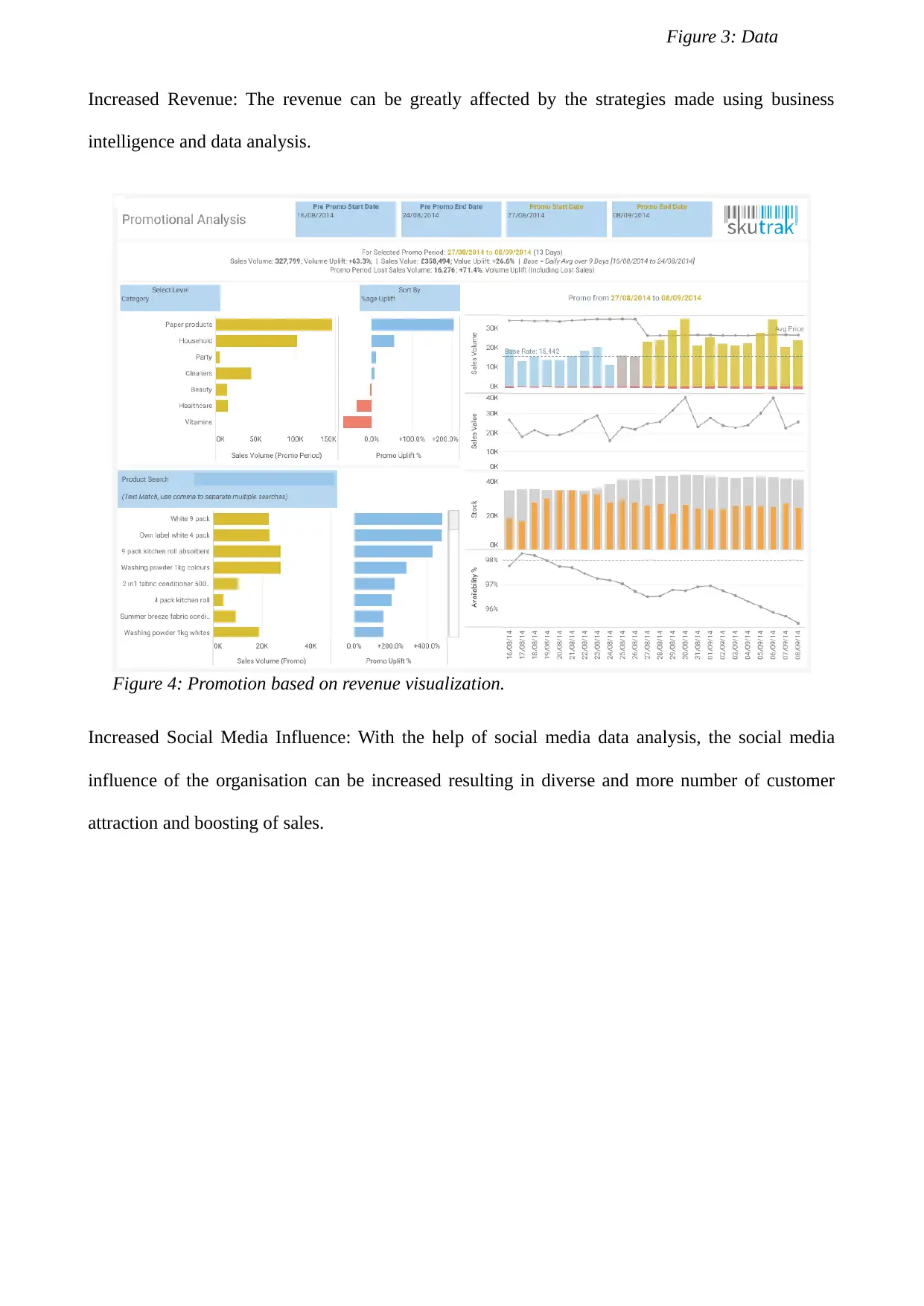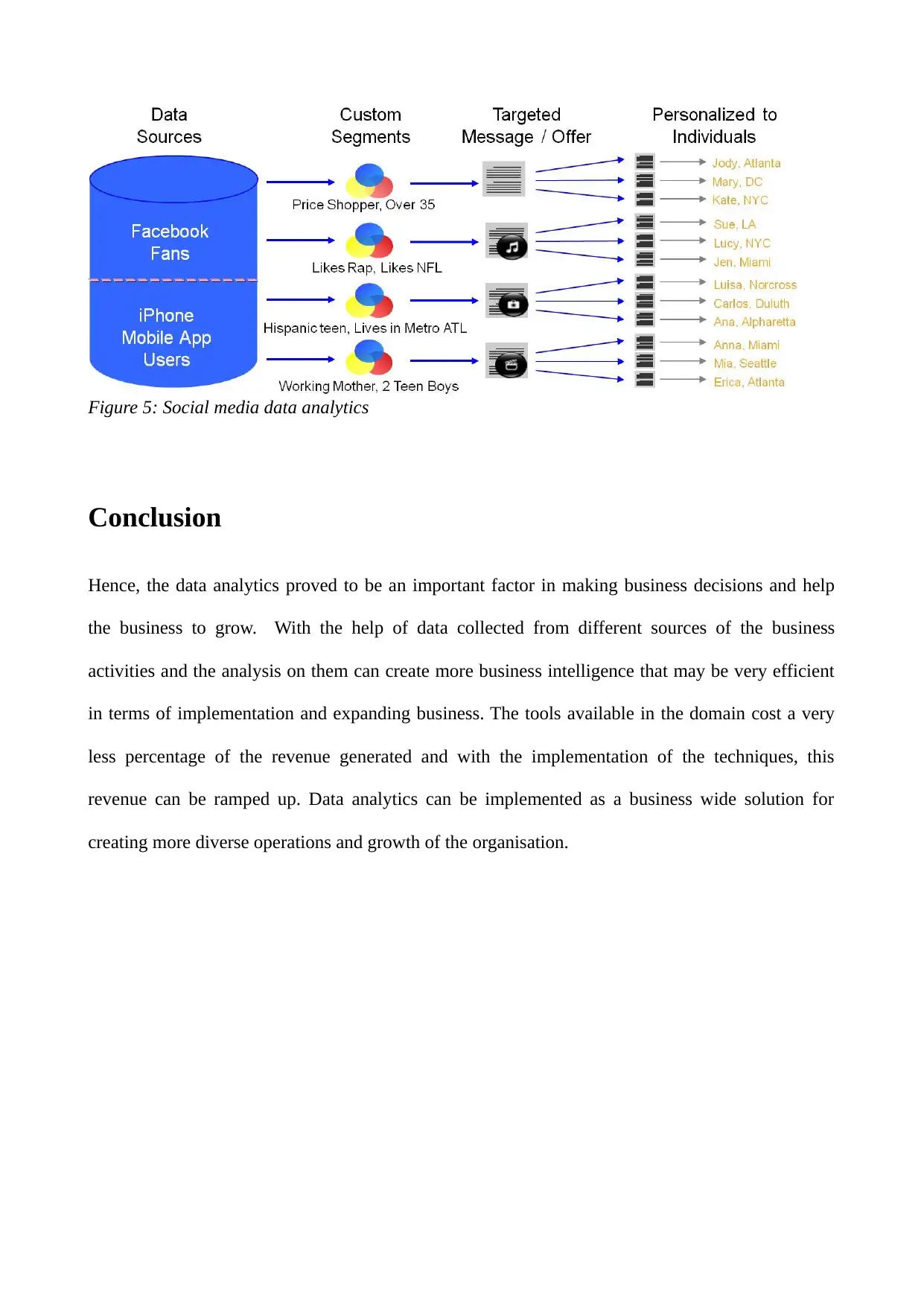This report presents a data analytics case study of The Woolworths Group, a leading Australian retailer. It explores how data analytics can be used to improve business decisions and strategies. The report analyzes the current mode of operation, identifies potential inefficiencies, and proposes data-driven solutions. It examines various data sources available to Woolworths, including supermarket sales, merchandise sales, customer preferences, and social media data. The report then explores relevant data analysis techniques such as association rule learning, classification tree analysis, genetic algorithms, machine learning, and social network analysis. Finally, it discusses the potential outcomes of implementing data analytics, including improved decision-making efficiency, enhanced customer relationships, risk management, and increased revenue.
![[object Object]](/_next/static/media/star-bottom.7253800d.svg)
![[object Object]](/_next/static/media/star-bottom.7253800d.svg)


